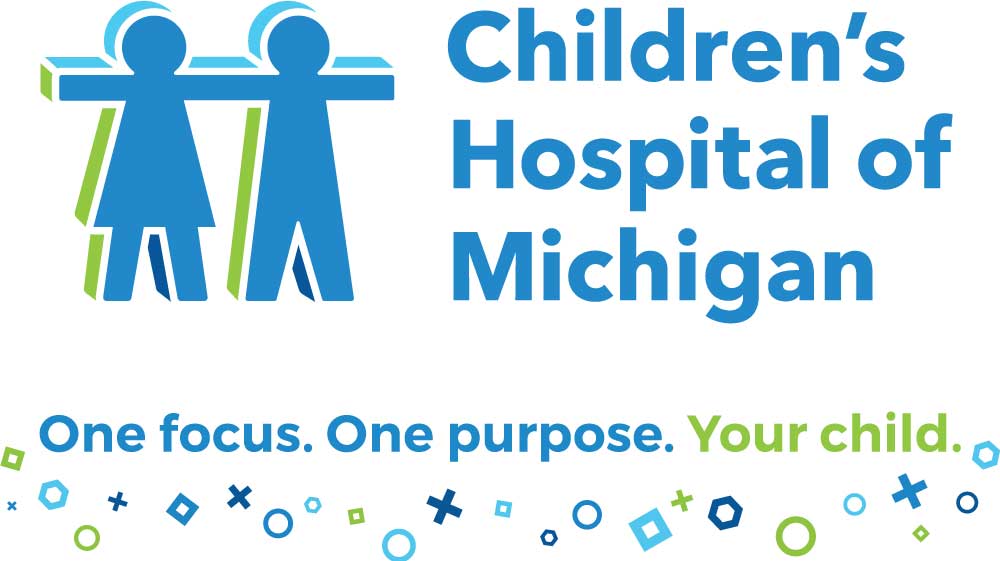Children’s Hospital of Michigan Urology Research Team Suggests Link between Lipoproteins and Kidney Stones in Children
Mar 20, 2017 A unique study recently published in the authoritative Pediatric Nephrology medical journal shows that excess lipoproteins and fatty acids may be associated with the development of painful and often chronic kidney stones in children.
A unique study recently published in the authoritative Pediatric Nephrology medical journal shows that excess lipoproteins and fatty acids may be associated with the development of painful and often chronic kidney stones in children.
The breakthrough study, led by Children’s Hospital of Michigan Urology Department Multidisciplinary Pediatric Stone Clinic Medical Director Larisa G. Kovacevic, MD, could have major implications for the diagnosis and treatment of a disorder that currently causes more than half a million emergency room visits in the United States each year. A growing percentage of kidney stone patients today are infants, children and teenagers, according to the latest data from the U.S. National Institute of Diabetes and Digestive and Kidney Diseases.
The newly published prospective controlled trial study (Marked Increase in Urinary Excretion of Apolipoproteins in Children with Nephrolithiasis Associated with Hypercalciuria) found that “abnormalities in lipid [fat] metabolism may play a role in kidney stone formation” – and also noted that taking steps to identify such fat-metabolism problems in children “may have preventive and therapeutic benefits.”
In order to reach that conclusion, the three-year study looked for the presence of a specialized group of “lipid metabolism and transport-related proteins” in 16 children with kidney stones, then compared the results with the levels of similar transport proteins in 14 children who were free of the stones.
The comparison revealed “a significant association between” a high level of lipid metabolism and transport-related proteins and pediatric kidney stones, according to Dr. Kovacevic.
“This is the first study to ever show that there is a marked increase in urinary excretion of these lipid metabolism and transport-related proteins in children with kidney stones,” said Dr. Kovacevic, who led the Children’s Hospital of Michigan Pediatric Urology Stone Clinic-based research team.
“This finding does suggest – even though it’s preliminary and based on data from only a small number of pediatric subjects – that what we [pediatric clinicians] may need to do to provide better treatment for kids with kidney stones is to start checking their cholesterol and triglyceride blood levels . . . and if they are elevated, to then treat such patients accordingly by modifying their diets to reduce their intake of fat or providing effective medications, where appropriate.”
Dr. Kovacevic said she is grateful for the funding she and her colleagues received from the Children’s Hospital of Michigan Foundation, which made the study possible. She added that “these new findings are quite promising and we are excited about the implications for diagnosis and treatment of children with kidney stones.”
Dr. Kovacevic also stated that the study was a “collaborative effort” of the Children’s Hospital of Michigan Pediatric Stone Clinic and research team and acknowledged the help and support of Dr. Yegappan Lakshmanan, chief of Urology at the Children’s Hospital of Michigan, and the major contributions of Dr. Hong Lu, Dr. Joseph A. Caruso and Dr. Ronald Thomas. Additionally, she recognized the continuous support of the entire Children’s Hospital of Michigan Urology staff.
“The Children’s Hospital of Michigan Pediatric Stone Clinic is unique in Michigan,” she said, “because it takes a truly multidisciplinary approach to treating children with this problem. The team includes a nephrologist, a urologist, and a dietitian– which means that we can bring a wide variety of trained specialists to the crucial task of helping children who struggle with this disorder.
“Kidney stones are extremely painful, and they often recur. That means that these children miss school at times, along with other activities, and their parents often go through a great deal of stress and expense in caring for them.”
Dr. Kovacevic, who has spent much of the past eight years as a clinical nephrologist specializing in diagnosing and treating kidney stone disorders in the Urology Department at the Children’s Hospital of Michigan, said she hopes the just-published study in Pediatric Nephrology will help other researchers to achieve similar breakthroughs.
“As a pediatric kidney specialist who’s been attending seminars and giving presentations about this condition all around the world in recent years, I’m greatly encouraged by these new findings,” she said. “What we need now is to expand our research into the causes of this disorder and into devising better treatment tools for children with kidney stones.
“Additional new findings in this area could very well lead to new treatment options in which reducing fat intake, along with preventing childhood obesity and overweight, could become important goals in helping to lessen the impact of this often debilitating health condition.”
The Children’s Hospital of Michigan CEO Luanne Thomas Ewald, while congratulating Dr. Kovacevic and the Pediatric Kidney Stone Clinic on their breakthrough study, said it was “a compelling example of how clinical research can help to improve patient care, day in and day out, by helping to find new treatment modalities and new diagnostic methods.
“Our goal at the Children’s Hospital of Michigan is to provide better outcomes for our patients, and this new publication in Pediatric Nephrology seems very likely to help accomplish that.”
Acknowledgements:
This research is being funded by the Children’s Hospital of Michigan Foundation (R1-2012-19 and R2-2014-31). We acknowledge the assistance of the Wayne State University Proteomics Core, which is supported through NIH grants P30 ES020957, P30 CA 022453, and S10 OD010700

